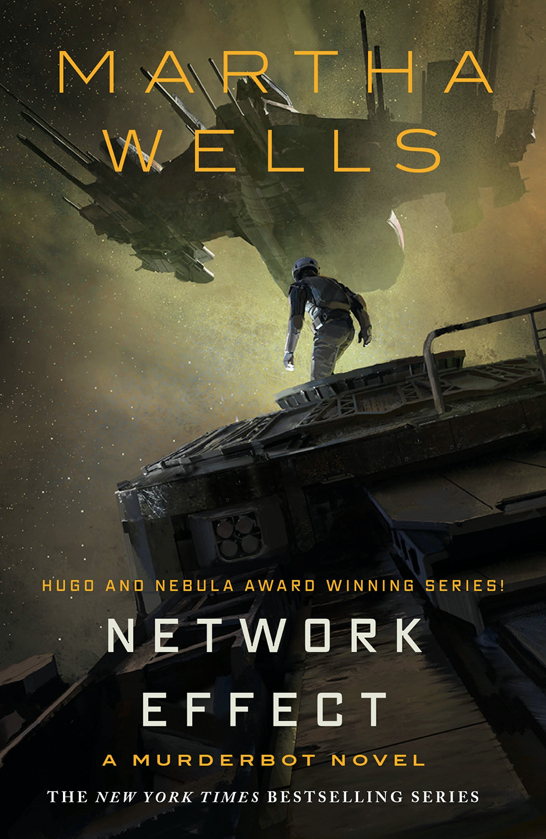
Information Doesn’t Want to Be Free: Laws for the Internet Age
by Cory Doctorow
published by McSweeney’s, San Francisco
2014
Before I discuss the book, I’d like to say that there was NO WAY Doctorow could have predicted the current coronavirus pandemic, and so the advice early in the book about how you shouldn’t be making a living off recordings of your performances, but should really be touring and making money on live shows was well intentioned. There is more on offer, so don’t stop at that point!
Cory Doctorow’s book extols the virtues of the unregulated distribution system known as the Internet, and advises that we should LET GO of the idea of having our creations protected by copyright and adapt.
His views are practical, but I rolled my eyes a few times while reading a physical copy of his book, which was professionally edited, published by a real publisher, and printed on paper by a printing company that got paid. Full disclosure: my bias here is that I LOVE HIS PUBLISHER, I have been buying things they publish for years, and I WANT THEM TO EXIST. Their existence requires some concessions to the models of business which he is critiquing.
He isn’t saying that traditional content publishing & distribution businesses are BAD for all purposes (except in a few places), he is saying that there are more options now, and we have the Internet to thank for that. And that is true, and is good. This is the core and highlight of the book’s themes.
The catch is that digitized creative work has been deeply devalued, and many people just take what they want without paying creators. Doctorow warns creators that making a living isn’t easy regardless (honest and a fair, gentle warning!), and then paints a sunny picture of the tech environment – if people love you, they’ll find ways of getting money to you, and you should make that easy for them to do!
He devotes lots of page space to the futility of preventing unauthorized copying. I’d feel better about it if I didn’t think my friends were getting ripped off. (I am NOT happy that some dude in Germany was burning CDs of a friend’s band’s new album and selling the CDs to pocket the money himself. That is not cool – my friend and his band had to spend a lot of time/effort/music-love/money to record that album. How many fans who want to support him are getting their money diverted away to this random dude?) I get that we are living in a sort of take-what-you-want age, and I personally mock friends who ‘rip’ content they can easily afford to buy. They are NOT supporting creators. Excuses about not wanting to support the corporate players in the industry ring hollow: these pals don’t need the stuff, but they are taking it anyway (like consuming dessert, but refusing to pay for it because the cafe is part of a corporate chain). Industries employ people and can be useful in promoting and distributing creative work – a writer whose indie publisher failed to promote him insisted that a corporate marketing department REALLY IS a useful service, and he wished he had access to one.
The arguments structured as:
– I can’t do what some of the big corporate tools do by myself
– I insist on using big web corp’s tools for my own purposes
– so this creates obligations on big web corp to fulfill more of my needs, rather than the needs of their paying business customers, and restrictions on me on this corporate tool are oppression….I just don’t see it. I preferred the old argument about how, if you didn’t like a tool, you could build a better one. (I’m an OLD geek.) If we aren’t willing to build a tool, the situation we find ourselves in is: someone else’s house, someone else’s rules. I believe we should regulate the hell out of public resources to ensure they are democratic and access is universally provided for the public benefit; we should let corporate-funded platforms serve corporate purposes – even if they build a big membership which we wish was more publicly accessible. If a popular corporate platform has many users, it does not automatically become a public utility – there has to be some trade off for that to be fair.
This is a thoughtful book, which draws different conclusions than I draw about what corporate stuff is useful for, but which has some fine asides about licensing revenue for content creators. I admire Doctorow’s optimism about technology, and his desire for things to be better for creators.

